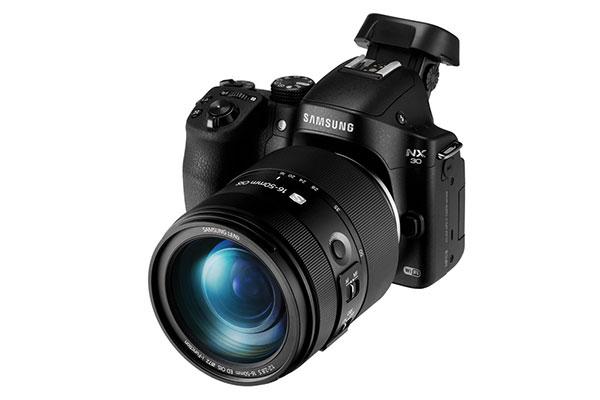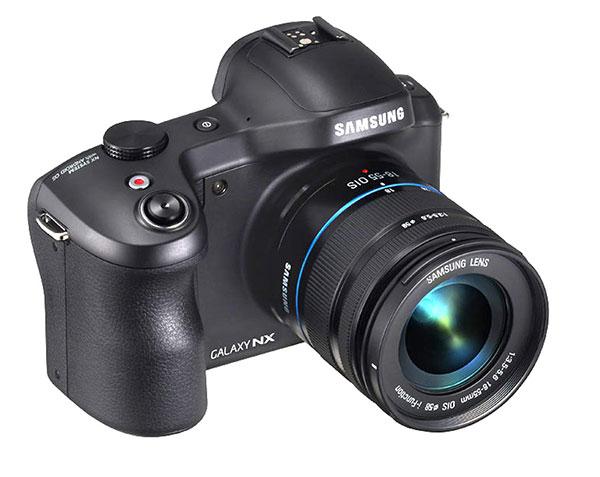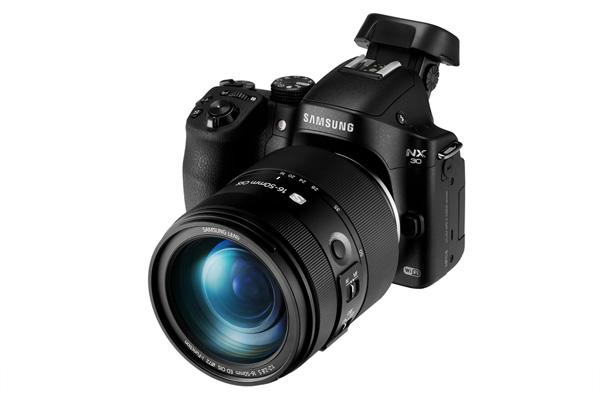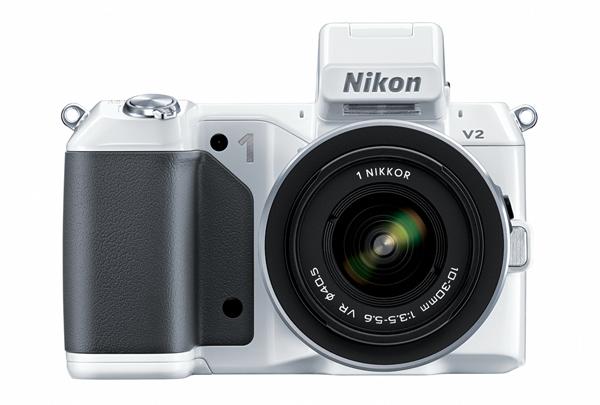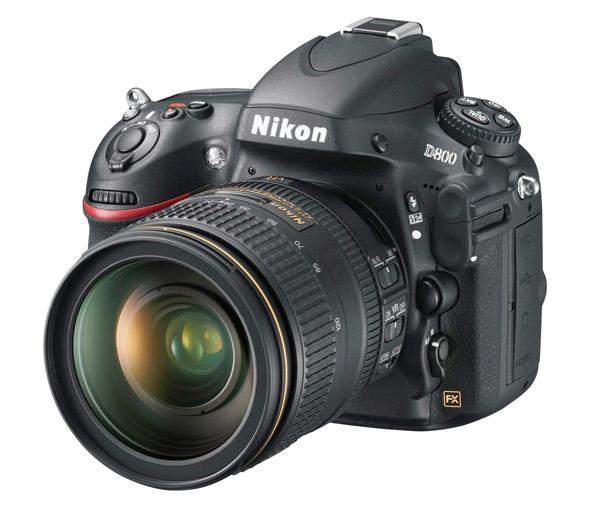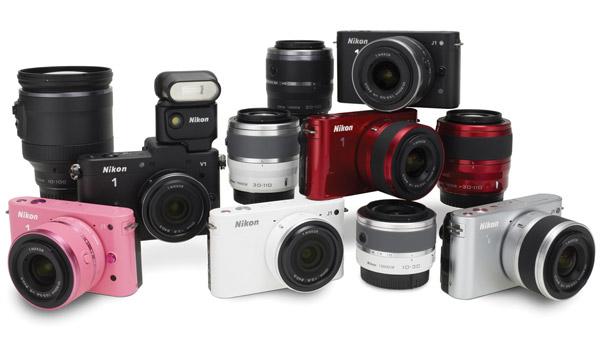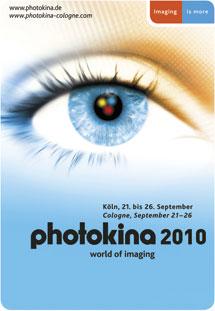|
Jun 27, 2014 |
First Published: May 01, 2014 |
|
Mar 12, 2014 |
|
Jan 14, 2014 |
|
Aug 11, 2013 |
|
Jul 09, 2013 |
First Published: Jun 01, 2013 |
|
Mar 29, 2013 |
First Published: Feb 01, 2013 |
|
Jan 24, 2013 |
First Published: Dec 01, 2012 |
|
Aug 28, 2012 |
First Published: Jul 01, 2012 |
|
May 11, 2012 |
First Published: Apr 01, 2012 |
|
Apr 09, 2012 |
First Published: Mar 01, 2012 |
|
Feb 14, 2012 |
First Published: Jan 01, 2012 |
|
Feb 03, 2012 |
First Published: Dec 01, 2011 |
